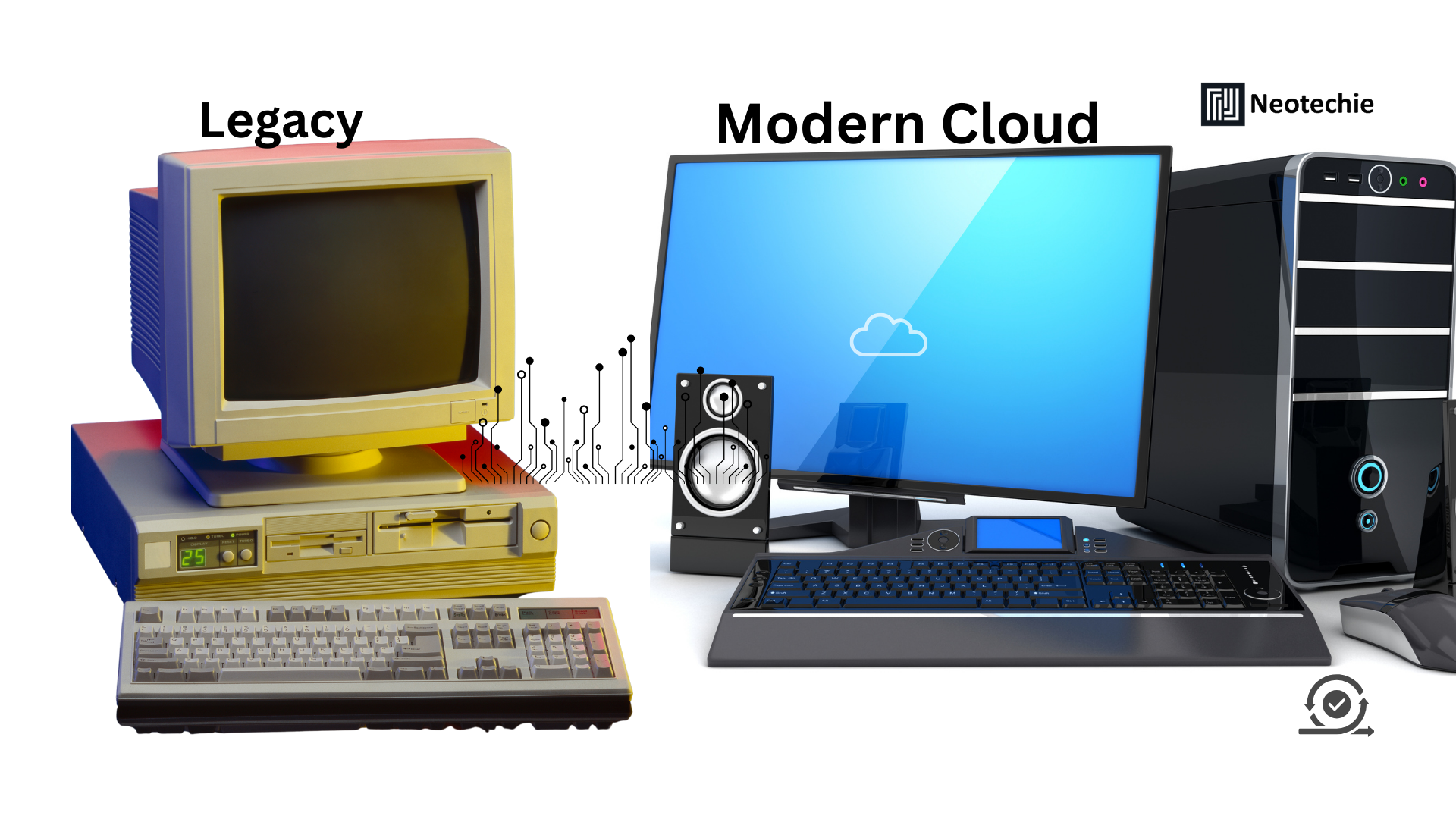Legacy Modernization: Transforming Old Systems into Agile Digital Assets
The Hidden Risks of Legacy Systems
Many organizations continue to operate with legacy software—applications that have been running for years, sometimes decades. While they may still function, these systems present hidden risks: slow performance, outdated security protocols, high maintenance costs, and poor integration with modern platforms. Legacy systems can become bottlenecks, limiting innovation, reducing efficiency, and increasing operational risk.
Legacy modernization addresses these challenges by transforming outdated software into agile, scalable, and secure digital assets. Rather than building new systems from scratch, modernization revitalizes existing investments while aligning with current and future business needs.
What Legacy Modernization Entails
Legacy modernization involves rethinking and redeveloping old software to meet modern standards and business requirements. Key components include:
- Code Refactoring: Cleaning, restructuring, and optimizing old code for performance and maintainability.
- Platform Migration: Moving legacy applications to modern architectures, such as cloud-native or microservices-based platforms.
- Integration Enablement: Connecting old systems with modern tools, APIs, and third-party services.
- UI/UX Refresh: Updating interfaces for usability, accessibility, and mobile responsiveness.
- Security Upgrades: Ensuring the software complies with current security standards and regulatory requirements.
Modernization turns legacy software from a liability into a strategic enabler for growth.
Why Legacy Modernization Matters for Businesses
1. Reducing Operational Costs
Maintaining outdated systems often requires specialized skills and frequent patching, which drives up costs. Modernizing systems lowers maintenance overhead, reduces downtime, and frees IT resources to focus on innovation.
2. Enhancing Agility and Scalability
Modern platforms support modular design, microservices, and cloud deployment. Businesses can scale infrastructure, add new features, and respond to market changes quickly without overhauling entire systems.
3. Improving Security and Compliance
Legacy software may not meet current security or regulatory standards, leaving organizations vulnerable. Modernization ensures that systems are fortified against threats and compliant with regulations like GDPR, HIPAA, or SOC2.
4. Boosting Integration and Collaboration
Modernized systems can communicate seamlessly with other applications and services, eliminating silos. This connectivity enhances data flow, operational efficiency, and real-time decision-making.
5. Enabling Innovation
By freeing old systems from technical debt, businesses can deploy new features, integrate AI/analytics, or experiment with new business models. Modernization is the foundation for innovation without the constraints of outdated technology.
How Legacy Modernization Drives Business Transformation
- From Burden to Asset: Systems evolve from costly, fragile software to high-performing, strategic tools.
- From Silos to Ecosystems: Modernized software connects across departments, enabling seamless operations.
- From Reactive to Proactive: Up-to-date systems allow faster response to market demands and customer needs.
- From Maintenance Mode to Innovation Mode: IT teams can focus on building new capabilities rather than patching old systems.
This transformation goes beyond technology—it reshapes business operations, competitiveness, and growth potential.
How Legacy Modernization Works
Step 1: Assessment and Discovery
Identify existing systems, evaluate their performance, and map dependencies. Determine which components need refactoring, migration, or replacement.
Step 2: Strategy and Roadmap
Develop a modernization plan, prioritizing applications based on business impact, risk, and ROI. Decide on migration paths, technology stacks, and modernization approaches (rehosting, replatforming, refactoring).
Step 3: Refactoring and Redevelopment
Clean up code, optimize architecture, and implement best practices. Introduce APIs and microservices where needed.
Step 4: Migration and Integration
Move applications to modern platforms (cloud or on-prem) and integrate with other systems, ensuring data consistency and seamless workflows.
Step 5: Testing and Validation
Perform comprehensive testing—functional, performance, security—to ensure the modernized system meets business requirements and regulatory standards.
Step 6: Deployment and Continuous Evolution
Deploy modernized software and monitor performance. Use agile practices for continuous improvement and scaling capabilities as business needs evolve.
Why Businesses Can’t Delay Modernization
- Technical Debt Accumulates: Delaying increases maintenance costs and operational risk.
- Integration Challenges Grow: Older systems are harder to connect with new platforms.
- Security Vulnerabilities: Legacy systems are prime targets for cyberattacks.
- Competitive Pressure: Modern systems are essential to innovate, scale, and stay relevant.
Modernization is no longer optional—it’s critical for survival and growth.
How Neotechie Helps
At Neotechie, we specialize in transforming legacy systems into agile, secure, and scalable digital assets. Our approach ensures businesses can:
- Optimize and refactor old code for efficiency and performance.
- Migrate to modern platforms while minimizing disruption.
- Integrate seamlessly with current tools and third-party systems.
- Enhance security and compliance to meet current standards.
- Unlock innovation potential without replacing the entire system.
We don’t just modernize software—we turn legacy systems into strategic growth engines.
Call to Action
Stop letting outdated systems hold your business back. Partner with Neotechie to modernize your legacy software and transform it into an agile, future-ready digital asset.
#LegacyModernization #SoftwareTransformation #DigitalAgility #TechUpgrade #BusinessResilience #FutureReadySoftware #ITModernization #DigitalInnovation #AgileIT #SmartSoftware

